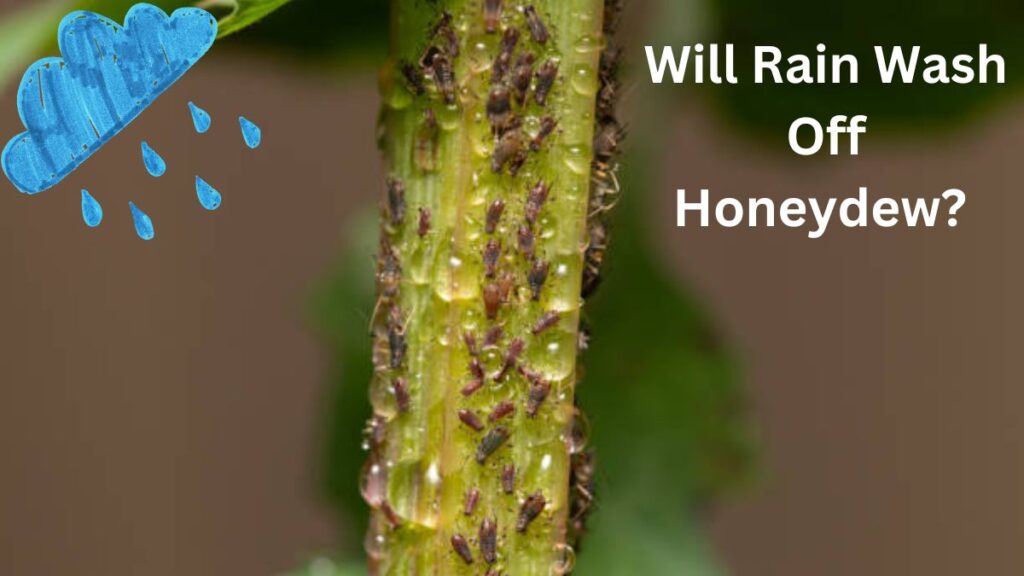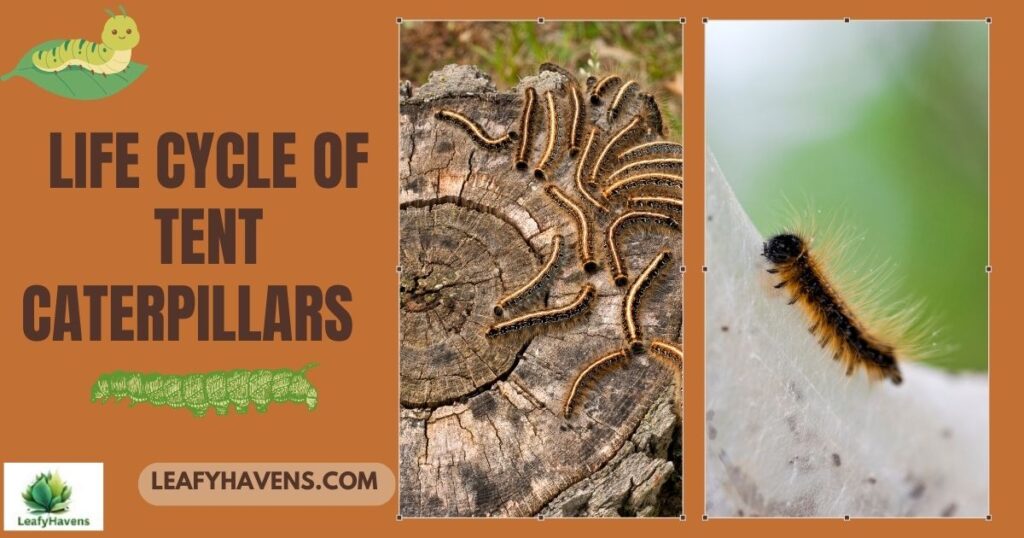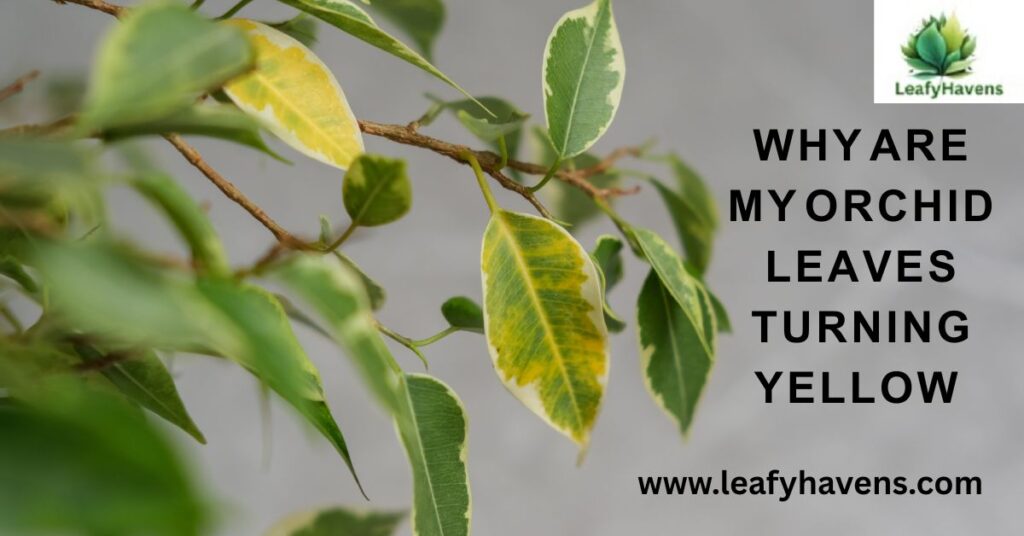You’re not the only one who has observed a sticky residue on your plants. For both indoor and outdoor plants, honeydew—a clear, glossy substance—is a regular issue. Because of its gloss and stickiness, it makes plants appear as though they have been covered in a layer of varnish, frequently attracting attention. “Will rain wash off honeydew?” is a question that many people have. This page explains how honeydew develops, why it’s an issue, and practical management techniques.you can also learn about Garden Fungus Identification.
- What is Honeydew?
- How to Identify Honeydew on Your Plants
- Why is My Plant Sticky? The Culprits Behind Honeydew
- Will Rain Wash Off Honeydew?
- Step-by-Step Guide: How to Get Rid of Honeydew and Sooty Mold on Plants
- Products to Consider for Managing Honeydew on Plants
- Conclusion
- FAQ About Will Rain Wash Off Honeydew?
What is Honeydew?

Aphids, mealybugs, and whiteflies are among the sap-sucking insects that release honeydew, a sticky substance. These insects drink a lot of liquid as they feed on plant sap in order to obtain the trace amounts of nutrients they require. The surplus sugar-rich liquid is then expelled as honeydew. An infected plant’s leaves, stems, and surrounding surfaces are frequently covered in this residue.
How to Identify Honeydew on Your Plants

You may be dealing with honeydew if you notice that your plant leaves are sticky or if your outdoor plants seem to have a shiny coat. Typical indicators include:
Plant leaves that are sticky; leaves or stems with a glossy covering
Black powdery mold, also referred to as sooty mold, developing on leaves or other surfaces; sticky residue on adjacent surfaces, such as outdoor furniture or the ground beneath the plant
A side consequence of honeydew is sooty mold, which develops on this sugary residue and gives plants a sooty, dark look.
Why is My Plant Sticky? The Culprits Behind Honeydew

Honeydew is a byproduct of the feeding behavior of several kinds of sap-sucking insects. Common bugs that cause honeydew on plants include the following:
Whiteflies, psyllids, mealybugs, aphids, and soft-scale insects
Finding these bugs can help determine what caused the sticky residue because they frequently remain in groups. But occasionally, you could notice honeydew on plants without any insects. This might be the result of the insects being difficult to see or concealed on the underside of leaves.
Will Rain Wash Off Honeydew?

Yes, honeydew can be partially washed away by rain. Your plant’s leaves may lose some of their sticky coating if it rains a lot. But depending just on rain isn’t always enough, particularly if there is a significant accumulation of honeydew. This is the reason:
1. Unreliable Rainfall: A little rain might not be sufficient to completely remove honeydew.
2. Honeydew Is Sticky: Because honeydew is sticky, it can adhere to surfaces and increase their resilience.
3. Reoccurring Honeydew: Even after a rainstorm, fresh honeydew will continue to form if the bug population is still there.
Rain and other removal techniques, such washing leaves with water or employing safe insect management techniques, are frequently required for the greatest outcomes.
Step-by-Step Guide: How to Get Rid of Honeydew and Sooty Mold on Plants

These instructions can help you control honeydew and stop further accumulation if you’re looking for a dependable way to deal with sticky leaves on outdoor plants.
Step 1: Locate and Manage the Insects

Dealing with the honeydew’s primary source—the insects themselves—is the first step.
Examine your plants. Look for pests on the undersides and tops of the leaves, stems, and surrounding areas. If necessary, use a magnifying glass.
2. Present Helpful Insects:
Aphids and other sap-sucking insects are naturally preyed upon by ladybugs and lacewings. Pest populations can be decreased by introducing these helpful insects.
3. Use chemical or natural insecticides:
If natural approaches prove insufficient, you might think about managing the pest population with neem oil or insecticidal soap.
Step 2: Wash the Honeydew Off Your Plants

Once the pest population is under control, focus on cleaning the leaves:
- Rinse with Water: Use a gentle spray from a garden hose to rinse off the sticky honeydew from leaves and stems. Avoid high-pressure sprays, which can damage the plant.
- Use Soapy Water: For stubborn honeydew, mix a few drops of mild soap with water and gently clean the leaves with a soft cloth. Rinse thoroughly afterward to avoid soap residue.
Step 3: Remove and Prevent Sooty Mold

The black, powdery fungus known as sooty mold frequently grows on honeydew. It can obstruct sunlight and disrupt photosynthesis, but it doesn’t directly hurt plants.
• Rinse Frequently: Rinsing your plants frequently might help control mold and honeydew.
• Prune Affected Leaves: To encourage new growth and increase light penetration, think about trimming the affected leaves if sooty mold covers a sizable region.
• Promote Natural Control: Over time, sooty mold will naturally decrease if you manage the insects that produce honeydew.
Products to Consider for Managing Honeydew on Plants

Here are some recommended products to help you manage honeydew and keep your plants healthy:
- Insecticidal Soap: Safe for a variety of plant species, insecticidal soap works well against soft-bodied insects like aphids and whiteflies.
2. Neem Oil: An eco-friendly and natural remedy, neem oil is effective against a range of pests.
3. Beneficial Insects: To effectively manage pest populations, think about investing in live ladybugs or lacewing larvae.
4. Horticultural Oil: This oil blocks the production of honeydew by suffocating bugs upon contact.
You can confidently deal with the problem and get your plant healthy again with these products.
Conclusion
You can efficiently handle honeydew and keep your plants healthy and vibrant by according to these guidelines. Knowing Will rain wash off honeydew? will help keep your garden flourishing throughout the season, whether it’s from natural rain or a deliberate rinsing.
FAQ About Will Rain Wash Off Honeydew?
1. What causes honeydew on plants?

Honeydew is caused by sap-sucking insects like aphids, mealybugs, and whiteflies. These pests excrete honeydew as a by-product of their feeding.
2. Will rain wash off honeydew?

Yes, rain can help wash off honeydew to some degree, but it might not completely remove it. For a thorough clean, try rinsing leaves with a garden hose.
3. Why are my plant leaves sticky?

Sticky plant leaves are usually a sign of honeydew buildup, caused by an infestation of sap-sucking insects on your plants.




